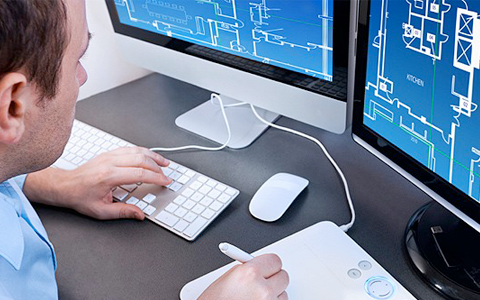
Technology has revolutionized every aspect of our lives, and architecture is no exception. From conceptualization to construction, advancements in technology have greatly impacted the field of architecture, pushing the boundaries of design and shaping the industry’s future. Let’s explore the role of technology in architecture and some of the innovative tools and techniques that are transforming the way we design and build. If you are looking to hire architects Dubai, find here reputable ones.
Computer-aided design (CAD):
Computer- aided design (CAD) software has become integral to architectural practice. It allows architects to create, modify, and visualize designs in a digital format, enhancing precision and efficiency. CAD software offers 2D and 3D modeling tools, allowing architects to create detailed and realistic representations of their designs. This technology enables faster iterations, better communication with clients and stakeholders, and improved coordination with other professionals involved in the project.
Building information modeling (BIM):
Building information modeling (BIM) is a technology that goes beyond traditional CAD software. It digitally represents the entire building process, including architectural, structural, mechanical, and electrical components. BIM allows architects, engineers, and contractors to collaborate in a shared model, facilitating seamless coordination and reducing conflicts or errors. BIM improves the accuracy of project documentation, streamlines construction processes, and enables better facility management throughout the lifecycle of a building.
Virtual reality (VR) and augmented reality (AR):
Virtual reality (VR) and augmented reality (AR) technologies transform how architects present and experience their designs. VR immerses users in a digital environment, allowing them to explore and interact with a virtual representation of a building before it’s constructed. AR overlays digital elements in the real world, enabling architects to visualize and evaluate design options on-site. These technologies enhance the design review process, improve client engagement, and enable architects to make informed decisions based on realistic simulations.
Sustainable design and energy analysis:
Technology has played a crucial role in advancing sustainable design practices in architecture. Energy analysis software allows architects to evaluate and optimize the energy performance of a building. It helps identify opportunities to reduce energy consumption, optimize natural lighting, and improve thermal comfort. Additionally, computational design tools enable architects to generate and evaluate multiple design options, considering solar exposure, wind flow, and material efficiency, to create more sustainable and environmentally friendly buildings.